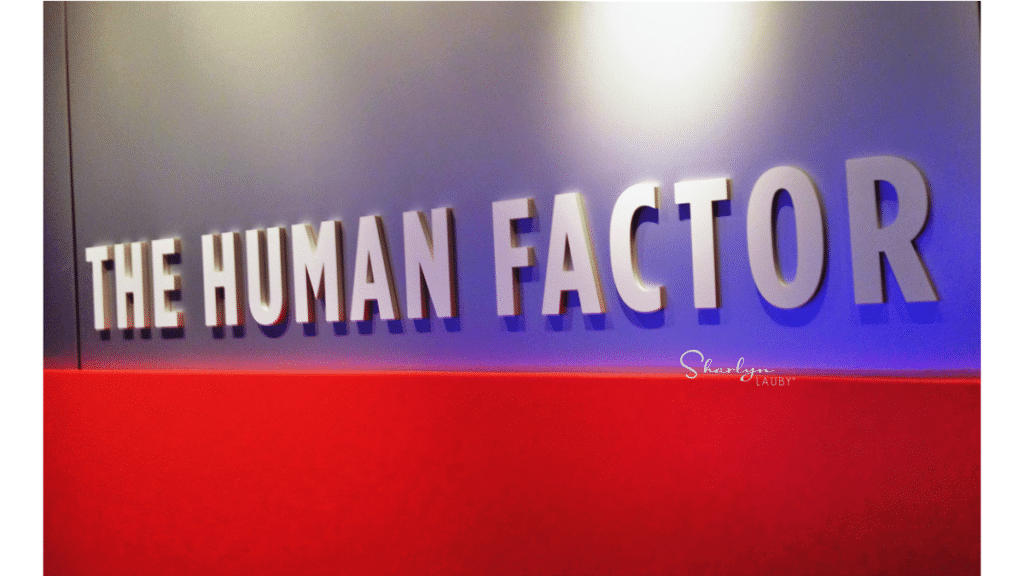Estimated reading time: 3 minutes
By definition, a strategy is “a plan of action or policy designed to achieve an overall goal.” So, if we want to communicate better, we would have a communications strategy. Or if we want to manage our finances better, then we’d have a financial strategy.
And if we want to understand our customers, candidates, and employees better, it might make sense to have an empathy strategy.
During this year’s Society for Human Resources Management (SHRM) Talent conference, keynote speaker Amy Gallo, contributing editor at Harvard Business Review, talked about making empathy a strategy. Empathy is the practice of putting ourselves in someone else’s shoes for better understanding. It’s not the same as sympathy or compassion, which are important. Empathy allows us to build stronger relationships with others because we can understand how someone is feeling or thinking.
But for empathy to be a strategy, organizations would need to bring empathy into the conversation more. No different than when the organization says we need to focus on expense control. Then we talk about expense control. For example, when it comes to empathy:
In talent acquisition, do recruiters and hiring managers practice empathy? Meaning, do we remember what it was like to look for a new job? Do we remember being nervous going into an interview? And the challenges of negotiating a new salary, hoping that we get it right?
From a training perspective, do coaches, facilitators, and instructors remember what it’s like to learn something new? Or to be called on in a training session and freeze because we hope we answer the question correctly?
When it comes to performance, do managers remember the pit in your stomach when the boss says, “stop by my office later” and doesn’t explain why? Or the disappointment when you really work hard on a project and never hear a thank you?
And from a customer service perspective, do we remember the feeling when someone tells us, “Sorry, that’s our company policy.” Or “I’m not authorized to give you a refund.” And on the flip side, do we remember what it feels like when a customer says, “Thank you so much. This is exactly what I was looking for.”
If we truly remember what it’s like to be a candidate, employee, or customer, then would we hire differently, design training programs differently, coach and mentor differently, and even deliver customer service differently? And by differently, I mean better. With more empathy.
Organizations have an opportunity to make stronger connections with candidates, employees, and customers by demonstrating more empathy. But that means making empathy more prominent in business conversations and activities.
It also means making sure that employees understand what empathy is and that they’re given opportunities to practice empathy in a safe environment. It’s really easy to recite the definition of empathy. It’s very difficult to do it. Empathy takes practice.
Individuals and organizations should think about how they can incorporate empathy into their professional and business strategy. They find ways to actually do it!
Image captured by Sharlyn Lauby while exploring the streets of Las Vegas, NV
The post Empathy As a Strategy In Organizations Today – hr bartender appeared first on hr bartender.


0 Commentaires